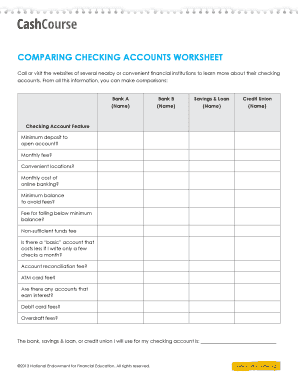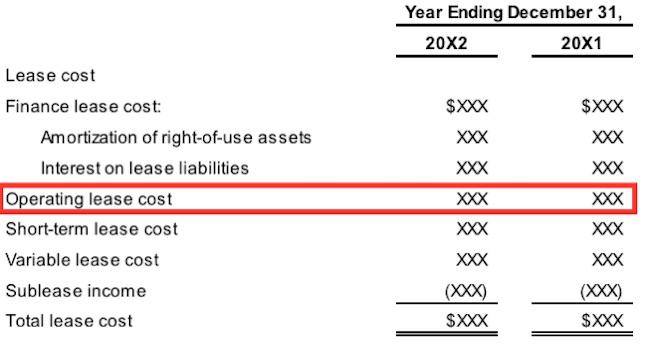
These models can analyze individual portfolios and provide insights into asset allocation, risk diversification, and performance evaluation. They can even suggest adjustments to optimize portfolio performance based on the customer’s goals, risk tolerance, and market conditions. Also, robo-advisors can adapt to changing market dynamics and provide real-time portfolio analysis.
Standard Digital
Sky can handle invoicing, billing, payroll, general ledger management, and more. Accounting firms have long used data entry software https://www.personal-accounting.org/what-is-recoverable-depreciation-for-home/ to reduce human error and improve profitability. Here are the 10 best AI tools for accounting and finance to get you started.
I grew my business with no outside funding. Bootstrappers have an advantage over VC-backed startups—especially now
Derivative Path’s platform helps financial organizations control their derivative portfolios. The company’s cloud-based platform, Derivative Edge, features automated tasks and processes, customizable workflows and sales opportunity management. There are also specific features based on portfolio specifics — for example, what actually happens when you block someone on your iphone organizations using the platform for loan management can expect lender reporting, lender approvals and configurable dashboards. Scienaptic AI provides several financial-based services, including a credit underwriting platform that gives banks and credit institutions more transparency while cutting losses.

Deciphering AI: Its Significance and Role in the Financial Landscape
By incorporating copilots into their workflow, wealth managers can significantly enhance their productivity and deliver more valuable insights. These copilots use fine-tuned base models with even greater access to proprietary data than customer-facing chatbots since copilots are meant for authorized employees. This means the copilots are even more powerful, providing a productivity boost for wealth managers while increasing customer https://www.wave-accounting.net/ satisfaction as investors get personalized advice more quickly. Automation using AI is essential for the financial services industry to meet customer demands for better personalization and enhanced features while reducing costs. By automating repetitive, manual tasks such as document digitization, data entry, and identity verification, financial institutions can expand their offerings to maintain a competitive edge.
- Solutions such as OpenAI’s ChatGPT are available online, and other applications (including McKinsey’s Lilli) are already in use.
- She’s “available” as an agent of innovation–she’s artificial intelligence (AI) in action.
- Conversational AI for finance has myriad benefits in the context of customer service.
- The company’s platform uses natural language processing, machine learning and meta-data analysis to verify and categorize a customer’s alternate investment documentation.
Financial institutions using more dispersed approaches, on the other hand, struggle to move use cases past the pilot stage. We have observed that the majority of financial institutions making the most of gen AI are using a more centrally led operating model for the technology, even if other parts of the enterprise are more decentralized. With the proliferation of financial services firms and offerings, providing good customer service is crucial to maintaining customer engagement and satisfaction.
Companies Using AI in Cybersecurity and Fraud Detection for Banking
She’s super smart, works extremely long hours, picks up on patterns and trends, knows and uses all the latest tools, makes great predictions, is extremely accurate, and incorporates feedback and constructive criticism well. She’s also on guard for bias all the time and ingests large amounts of operational, financial, and third-party data with ease. She may just be the key to transforming your company’s finance function. The second wave, clearly under way, is analytics empowerment; about half of the CFOs reported that their functions were already using advanced analytics for discrete use cases such as cost analysis, budgeting, and predictive modeling. But bold CFOs put their finance team in the best position to learn to work with these tools as the technology gains momentum.
AI, ML, and natural language processing (NLP) help financial institutions identify borrowing patterns to reduce the risk of non-repayment. Naturally, loan officers do not have to rely on their intuition and can make better data-driven decisions to reduce bank fraud detection. Plus, AI-powered document processing software can compile specific information from the documents at scale. Thus, it expedites the decision-making process, making it more fair and boosting customer experience. Because of the complexities involved in risk modeling, this is an area where AI can have a substantial impact. AI enables financial institutions to develop more capable risk models based on large quantities of data, identifying complex patterns that are difficult for humans to replicate.

The good news, however, is that AI implementation more broadly stands to hugely benefit banks and financial institutions. It may not even hurt total headcount, once requisite AI-related management hires are accounted for. The overall benefits of using AI/Machine Learning (ML) systems in the financial sector include increasing forecast accuracy, mitigating the risk of losses, automating processes, reducing costs, and increasing efficiency.
It is easy to get buy-in from the business units and functions, and specialized resources can produce relevant insights quickly, with better integration within the unit or function. This archetype has more integration between the business units and the gen AI team, reducing friction and easing support for enterprise-wide use of the technology. It can also be distant from the business units and other functions, creating a possible barrier to influencing decisions. Shapeshift is a decentralized digital crypto wallet and marketplace that supports more than 750 cryptocurrencies. The platform provides users access to nine different blockchains and eight different wallet types. ShapeShift has also introduced the FOX Token, a new cryptocurrency that features several variable rewards for users.
The smart app can cancel money-wasting subscriptions, find better options for services like insurance, and even negotiate bills. Trim has saved more than $20 million for its users, according to a 2021 Finance Buzz article. Morgan Chase found that 89 percent of respondents use mobile apps for banking. Additionally, 41 percent said they wanted more personalized banking experiences and information.
The platform validates customer identity with facial recognition, screens customers to ensure they are compliant with financial regulations and continuously assesses risk. Additionally, the platform analyzes the identity of existing customers through biometric authentication and monitoring transactions. Jumio is commonly used in education, healthcare, retail and gaming industries. Every day, huge quantities of digital transactions take place as users move money, pay bills, deposit checks and trade stocks online. The need to ramp up cybersecurity and fraud detection efforts is now a necessity for any bank or financial institution, and AI plays a key role in improving the security of online finance. SoFi makes online banking services available to consumers and small businesses.
AI is proving its value to the finance industry in detecting and preventing fraudulent and other suspicious activity. In 2022, the total cost savings from AI-enabled financial fraud detection and prevention platforms was $2.7 billion globally, and the total savings for 2027 are projected to exceed $10.4 billion. AI has been a game-changer for financial analysts and wealth managers, completely altering the scale at which information can be gathered and analyzed. Jumio’s KYX platform helps businesses establish trust with online customers.
The end result is better data to work with and more time for the finance team to focus on putting that data to use. Traditionally, financial processes, such as data entry, data collection, data verification, consolidation, and reporting, have depended heavily on manual effort. All of these manual activities tend to make the finance function costly, time-consuming, and slow to adapt. At the same time, many financial processes are consistent and well defined, making them ideal targets for automation with AI. For many IT departments, ERP systems have often meant large, costly, and time-consuming deployments that might require significant hardware or infrastructure investments. The advent of cloud computing and software-as-a-service (SaaS) deployments are at the forefront of a change in the way businesses think about ERP.

 No products in the cart.
No products in the cart.